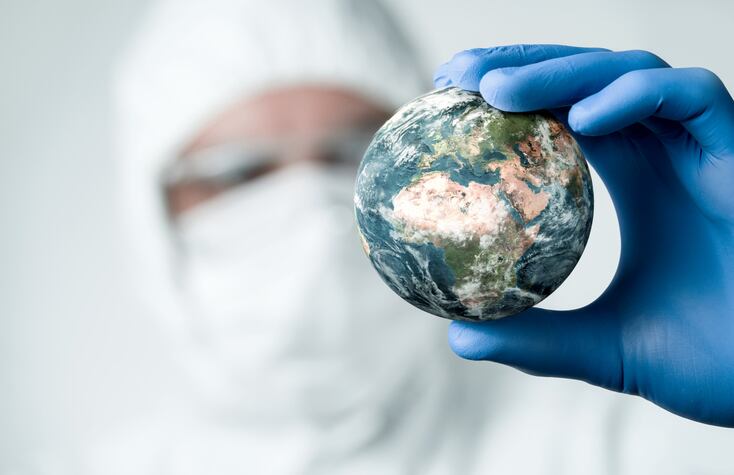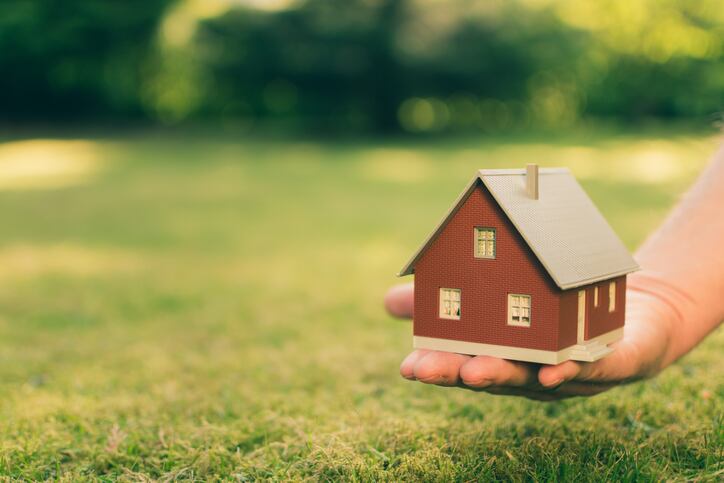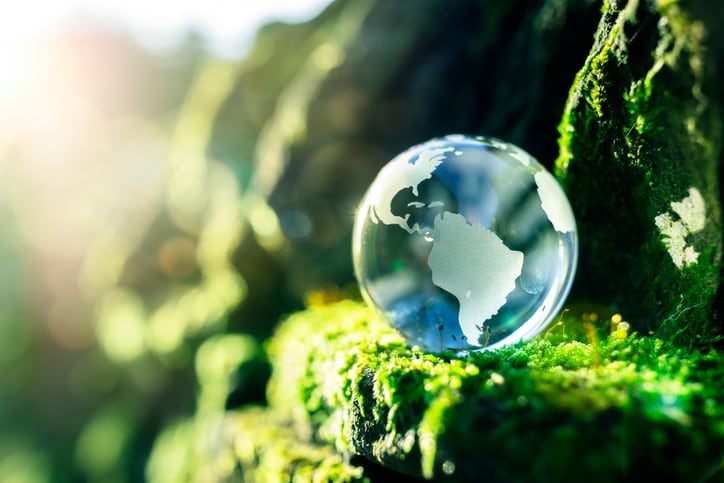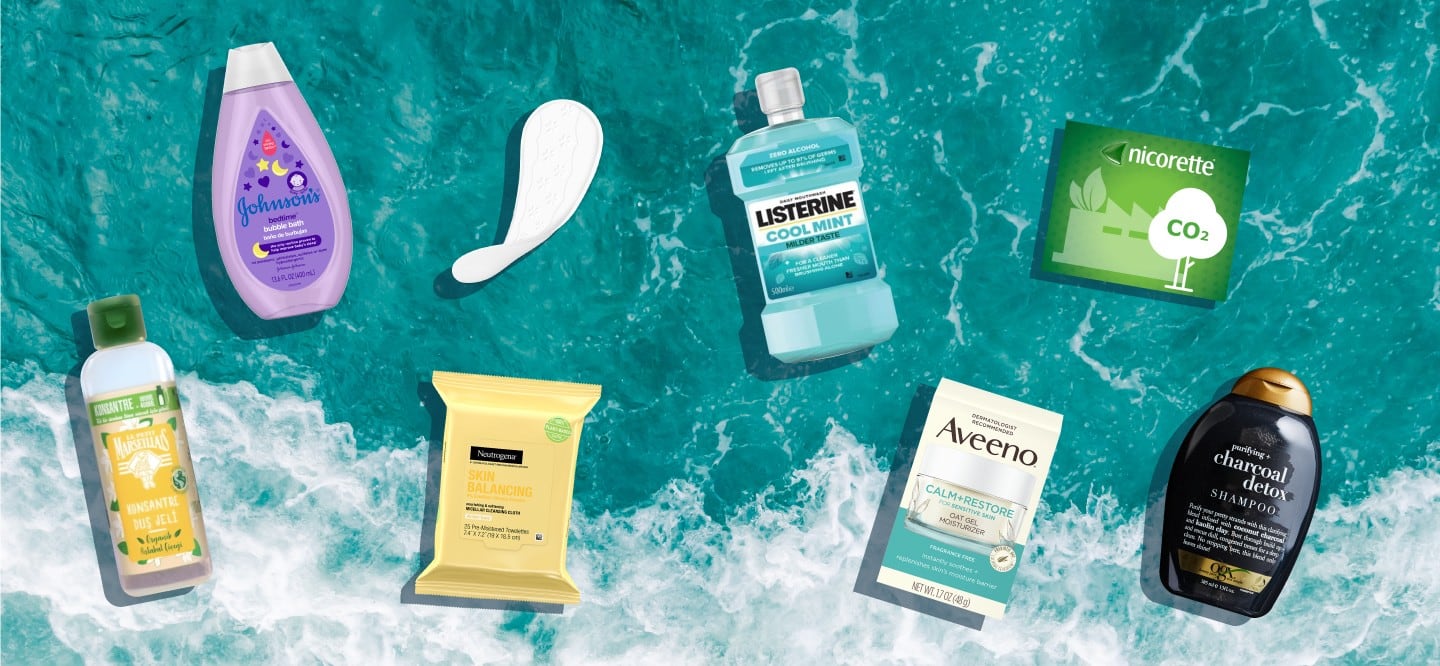The world is tracking for a global temperature rise of 3.2°C by the end of this century – a rise far beyond the 1.5°C goal laid out five years ago under the Paris Agreement, according to this year’s United Nations Environment Programme (UNEP) Emissions Gap Report.
Time ‘running out’ to curb global warming
Published today, just ahead of the Climate Ambition Summit that will mark the five-year anniversary of the drafting of the Paris Agreement, the Emissions Gap Report said 2020 was “on track to be one of the warmest on record”, with wildfires, droughts, storms and glacier melt intensifying. COVID-19, it said, had provided only momentary relief to emissions, with worldwide carbon dioxide (CO2) output dipping some 7% this year, contributing to only 0.01°C in the reduction of global warming by 2050.
The report compiled by 51 leading experts from 35 institutions across 18 countries showed the global emissions gap had not been reduced in the last five years – with total greenhouse gas (GHG) emissions instead reaching new highs of 59.1 gigatonnes of CO2 equivalent in 2019. Government pledges made under the Paris Agreement, known as Nationally Determined Contributions (NDCs), were still “still woefully inadequate”, it said, and the level of global environmental ambition would have to be tripled to achieve the 2°C pathway and increased at least fivefold to hit the 1.5°C goal.
Anne Olhoff, lead author of the report and head of climate planning and policy at the UNEP DTU Partnership, said it was clear time was “running out”.
“We really need to put forward more ambitious action in this decade. Basically, if we postpone ambitious climate action any further, it will become impossible to limit global warming to 1.5 degrees,” Olhoff said in a press briefing this morning.
The report showed that 126 countries had now committed to net-zero goals by 2050, representing just over half (51%) of worldwide emissions. If the US were to put in place a net-zero goal, as suggested in the Biden-Harris climate plan, the share of countries with such pledges would rise to 63% of total emissions. “There is hope in the growing number of countries committing to net-zero goals by the middle of the century, but these need to be reflected in climate action now and accompany much stronger targets for 2030,” Olhoff said.
A ‘green pandemic recovery’ could curb global warming
“It’s been five years since we adapted the Paris Agreement but we’ve made insufficient progress on what we hoped, and still hope, will be a game-changing deal on the climate,” said Inger Andersen, executive director of the United Nations Environment Programme (UNEP), in the press briefing.

“…We’re still heading for a 3°C temperature rise this century. That would bring pain, misery and disruption that eclipses everything that the COVID-19 pandemic has thrown at us,” Andersen said.
However, she noted that it was here – on the topic of COVID-19 – that governments, industries and other stakeholders had a chance, as stimulus packages were devised and implemented. “A green recovery post-C0VID-19 can get us back on track. This report finds that a green recovery could cut up to 25% off emissions we would expect otherwise to see by 2030 if we continue with current policies. This could bring 2030 emissions roughly in line with levels that give us a good chance of reaching the 2°C goal of the Paris Agreement, but more is needed to meet the 1.5°C.”
Olhoff agreed that world leaders, and all stakeholders, had a critical opportunity to address climate change with post-pandemic action. “If we want to keep the Paris Agreement temperature goal alive, we cannot afford to miss out on this opening.”
Ovais Sarmad, deputy executive secretary of the United Nations Framework Convention on Climate Change (UNFCCC), added: “COVID-19 in combination with the climate emergency has exposed humanity’s greatest vulnerabilities. The convergence of these two crises offers a small but important window of global opportunity to build a better future. I therefore urge all countries to seize this opportunity, to use COP26 to demonstrate their ambition to address climate change and showcase how they will build forward better. …We have no time for delay.”
Andersen said for any chance of reaching the 1.5°C goal, stronger NDCs would be needed and more on-the-ground action taken towards longer-term net-zero goals. This included more direct support for zero-emission technologies and infrastructure, backing nature-based solutions like landscape restoration and reforestation, and policies that encouraged lower carbon consumption.
Petteri Taalas, secretary-general of the World Meteorological Organization (WMO), said it was important more countries and governments joined the “carbon-neutral club” because findings outlined in this year’s Emissions Gap Report were “very alarming”. However, Taalas agreed political will had to translate: “These political actions are good but what really matters is what happens in the real atmosphere – this is the key.”
Citizens and consumers – two-thirds of all GHG emissions come from household activity
The 2020 Emissions Gap Report also showed that two-thirds of global emissions could be linked to household activities, most notably across three areas: mobility, residential and food. There was also a “particularly striking” inequality among these emissions based on income group, Olhoff said. The world’s top 1% of the population, earning more than €90,000 (US$109,000) per year), contributed to 15% of emissions but the world’s bottom 50% earners contributed just 7%.

“The wealthy bear greatest responsibility: the emissions of the richest 1% of the global population account for more than twice the combined share of the poorest 50%. This group will need to reduce its footprint by a factor of 30 to stay in line with the Paris Agreement targets,” the report said.
As part of the recommendations outlined in the report, UNEP said “stronger action” on climate change had to include “facilitating, encouraging and mandating changes in consumption behaviour by the private sector and individuals”.
Asked by CosmeticsDesign-Europe during the press briefing who ought to lead such educational outreach – government, collective industry or brands – UNFCCC’s Sarmad said: “The outset Paris Agreement Article 12 is very clear about the need for education, training and ensuring everyone is engaged in those outreach activities (…) Whether it is for government or brands; actually it is for everyone.”
Industry has a ‘moral and ethical responsibility’ to be transparent
Industries worldwide, Sarmad said, had a “moral and ethical responsibility” to disclose and be transparent about efforts that ensured compliance with the Paris Agreement goals and ensure it was not contributing to those emissions.
“Many other industries are actually already doing that – finance is one of those – so, we hope the cosmetics [industries] and brands you represent can take that on and do that. And obviously, the governments are certainly listening to this and they will be doing what they need to do in establishing the relevant policies,” he said.
Sarmad said the messages outlined in UNEP’s “critically important” annual Emissions Gap Report ought to “sound the alarm bells” for environmental change.
Andersen added: “What we do and don’t do at home, and how we live, matters (…) Kids are good at holding us to account. The next wave of consumers are much more aware than the past wave, and they’re making wiser choices.”




